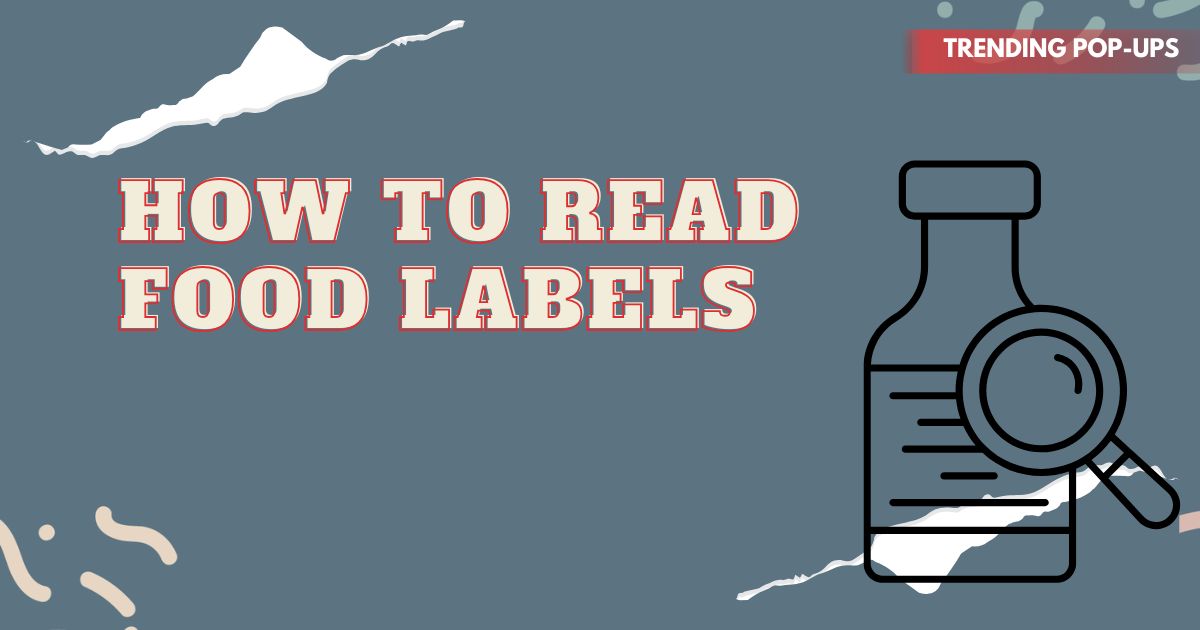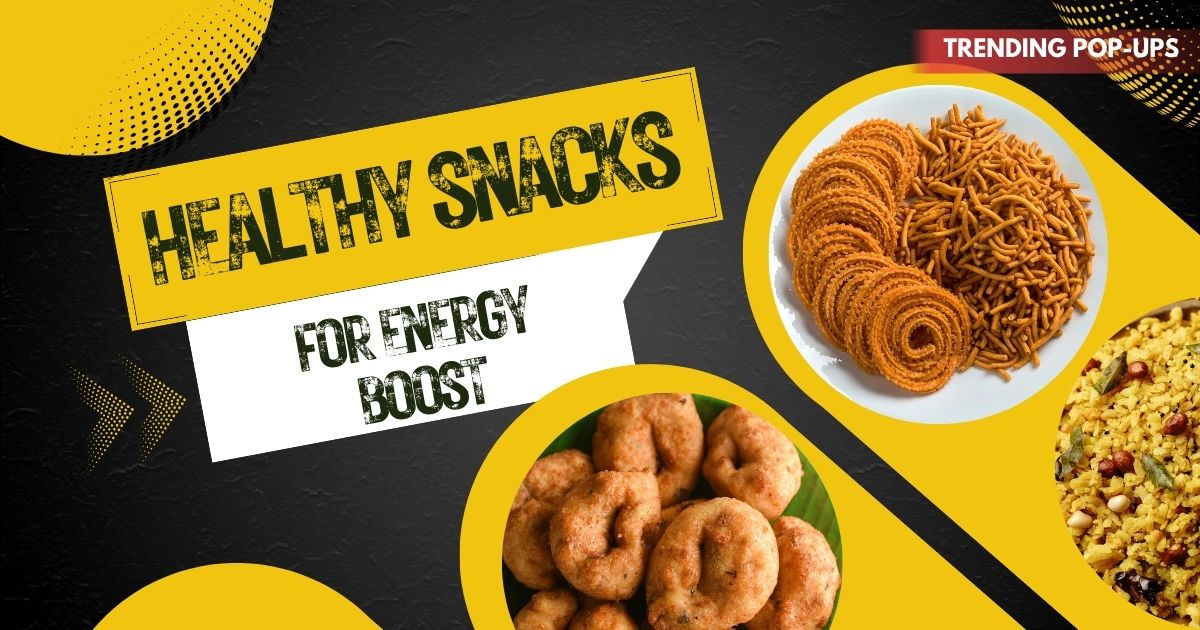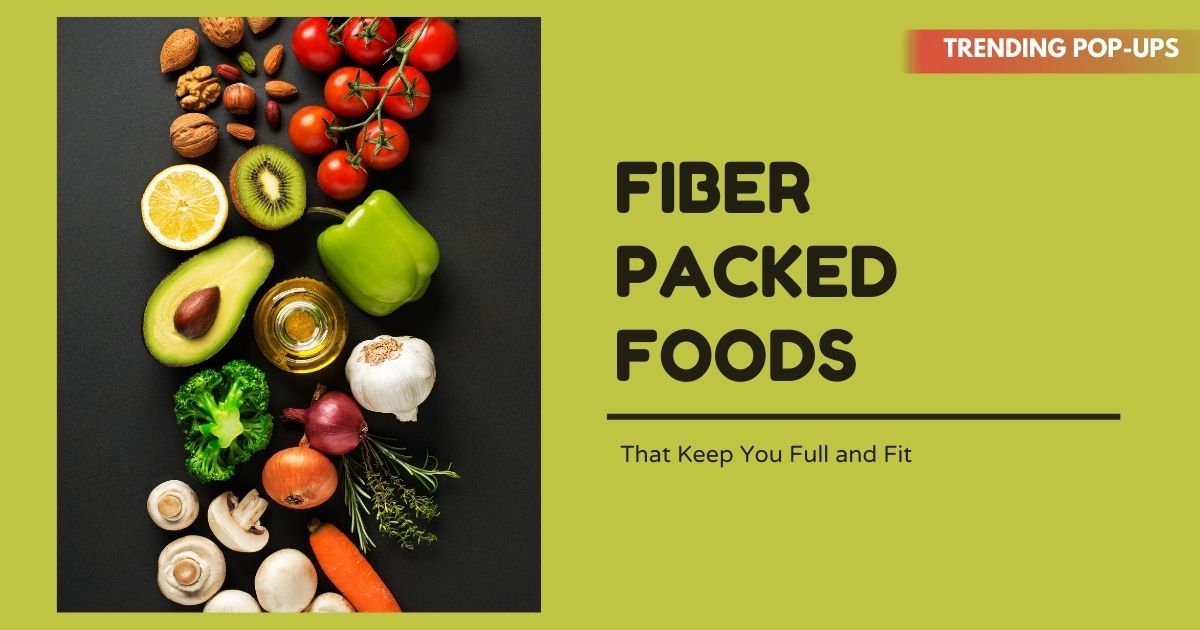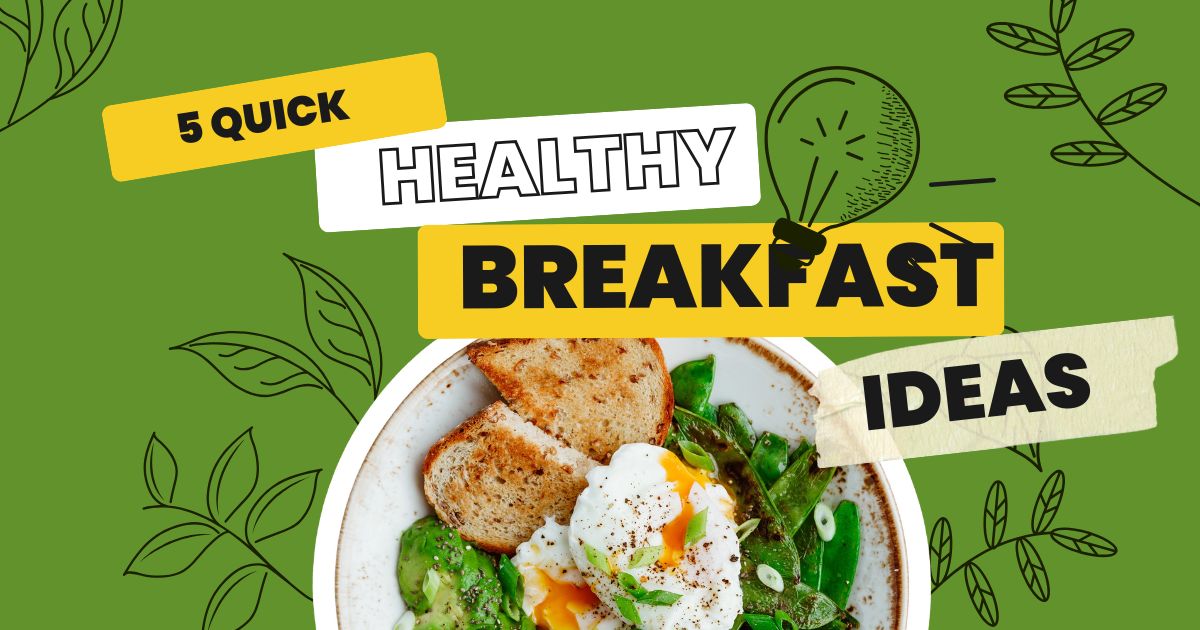If you’ve ever walked through a grocery store and felt overwhelmed by all the options, you’re not alone. Food labels are designed to provide essential information, but with so many numbers, percentages, and health claims, they can often feel confusing. Learning how to read food labels like a nutritionist can empower you to make healthier choices and avoid misleading marketing tactics.
In this article, we’ll break down the key sections of food labels, explain what really matters, and share simple strategies to help you confidently navigate the supermarket.
Why Food Labels Matter
Food labels aren’t just there to satisfy curiosity—they’re tools to help you understand what you’re putting in your body. Reading them correctly can help you:
-
Manage calorie intake
-
Identify hidden sugars, sodium, or unhealthy fats
-
Choose nutrient-rich foods
-
Prevent chronic conditions like diabetes and heart disease
-
Compare products for healthier options
By interpreting food labels the way nutritionists do, you can move beyond marketing claims and focus on real nutritional value.
Step 1: Start With Serving Size
The serving size is the foundation of the nutrition label. It tells you how much of the product the nutritional values apply to.
-
Many packages contain more than one serving.
-
Always check the serving size to avoid underestimating calorie or nutrient intake.
-
For example, if a soda bottle lists nutrition for 1 cup but contains 2 cups, you’ll need to double the numbers if you drink it all.
Step 2: Check Calories the Smart Way
Calories measure the energy you’ll get from one serving.
-
A “low-calorie” food may still be high in sugar or sodium.
-
Consider how many calories you need daily (around 2,000 for the average adult, but it varies).
-
Balance calorie intake with activity levels and nutritional quality.
Step 3: Look at Macronutrients (Carbs, Protein, Fat)
Carbohydrates
-
Includes sugars, fiber, and starches.
-
Aim for complex carbs (whole grains, legumes) instead of refined carbs.
-
Fiber should be at least 3g per serving for a filling, healthy choice.
Proteins
-
Crucial for muscle repair and satiety.
-
Look for lean protein sources like beans, fish, or chicken.
Fats
-
Not all fats are equal.
-
Avoid trans fats completely.
-
Limit saturated fat.
-
Choose healthy fats like those from nuts, seeds, and avocados.
Step 4: Pay Attention to Added Sugars
One of the most misleading areas of food labeling is sugar.
-
Labels now separate natural sugars (like those in fruit) from added sugars (like high-fructose corn syrup).
-
Nutritionists recommend limiting added sugars to less than 25–36 grams per day depending on gender.
-
Watch for hidden sugars listed under names like sucrose, dextrose, agave nectar, and cane juice.
Step 5: Watch Sodium Levels
Excess sodium can lead to high blood pressure and heart disease.
-
Look for products with less than 140 mg of sodium per serving if you’re aiming for low sodium.
-
Many packaged foods, especially soups and sauces, contain far more than you might expect.
Step 6: Don’t Ignore the Ingredient List
The ingredient list is where nutritionists uncover the truth.
-
Ingredients are listed in descending order by weight.
-
If sugar, refined flour, or hydrogenated oils are in the first three ingredients, it’s not a healthy choice.
-
Look for whole, simple ingredients you recognize.
Step 7: Understand % Daily Value (%DV)
The % Daily Value helps you gauge whether a nutrient is high or low.
-
5% DV or less = low
-
20% DV or more = high
-
Example: If fiber shows 25% DV, that’s a good source. If saturated fat shows 30% DV, that’s too high.
Step 8: Watch Out for Misleading Claims
Food packages often highlight terms that sound healthy but can be misleading. Nutritionists always look beyond the marketing.
-
“Low-fat” – May still be high in sugar.
-
“Natural” – Doesn’t guarantee healthy or minimally processed.
-
“Gluten-free” – Can still be loaded with sugar or unhealthy fats.
-
“Organic” – Doesn’t mean low-calorie or low-sugar.
Always verify claims by reading the full nutrition panel and ingredients list.
Step 9: Compare Products Before Buying
Nutritionists don’t just grab the first option—they compare similar items.
For example:
-
Two brands of granola may look the same, but one might have 10g of added sugar per serving while the other has 3g.
-
Yogurt can range from a protein-rich snack to a sugar-loaded dessert depending on the brand.
Step 10: Look Beyond Numbers—Think Balance
Numbers alone don’t define a healthy food. Think about the bigger picture:
-
Does the food provide fiber, protein, and healthy fats?
-
Will it keep you full and energized?
-
Is it minimally processed?
Nutritionists always consider the food’s role in your overall diet, not just its label.
Practical Tips for Smarter Label Reading
-
Shop mostly around the perimeter of the store (fresh produce, meats, dairy) where foods often have fewer labels.
-
Use labels as a tool for occasional packaged foods, not the basis of your entire diet.
-
With practice, you’ll quickly recognize which products align with your health goals.
Final Thoughts
Learning how to read food labels like a nutritionist isn’t about perfection—it’s about awareness. By focusing on serving sizes, calories, macronutrients, added sugars, sodium, and ingredient lists, you can avoid common traps and make confident, healthier choices.
The more you practice, the easier it becomes to spot truly nourishing foods versus those just marketed as healthy. Over time, these small, mindful choices lead to better health, more energy, and long-term wellness.
Also Read : What Sugar Really Does to Your Brain and Body
FAQs
1. What’s the first thing I should look at on a food label?
Start with the serving size—it sets the baseline for all the other numbers.
2. Are “natural” and “organic” foods always healthy?
Not necessarily. They may still contain added sugars, excess calories, or sodium.
3. How much added sugar is acceptable per day?
Experts recommend limiting added sugars to less than 25–36 grams daily.
4. Why should I check the ingredient list if I already read the nutrition panel?
The ingredient list shows the quality of the food, not just the numbers.
5. Is it better to avoid packaged foods altogether?
Not always. Some packaged foods (like whole-grain oats or frozen vegetables) are healthy. The key is reading labels carefully.



